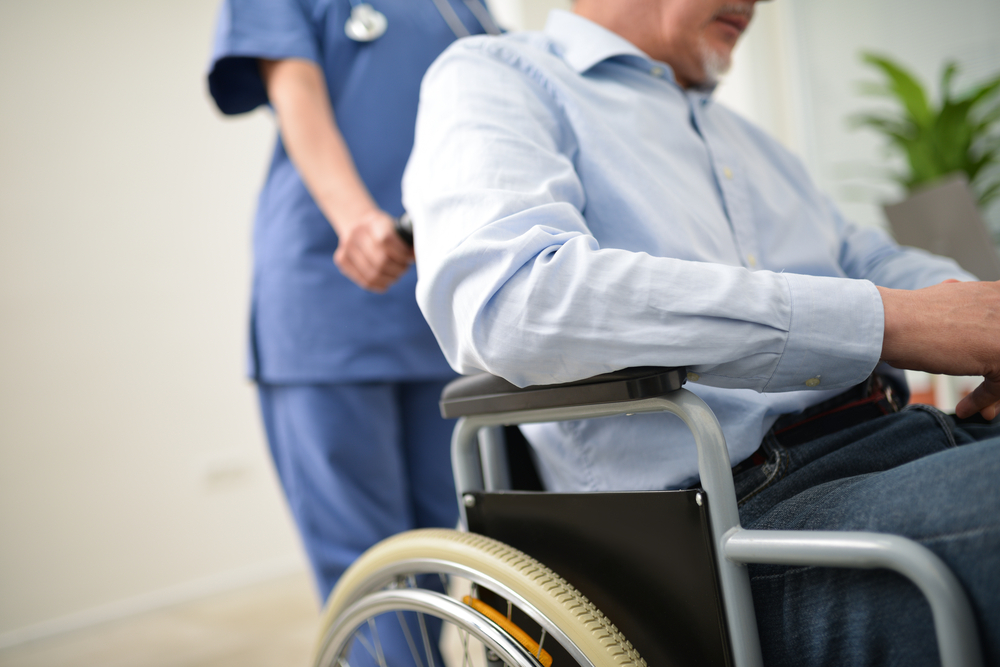Paralysis is the inability of muscle movement in the body. It is the result of disrupted communication between the nerve impulses along the pathway from the brain to the muscles, which leads to muscle weakness and progress into paralysis. This loss of muscle movement may occur completely or partially, meaning it can happen on one or both sides of the body.
Several conditions may cause paralysis, including:
- Stroke
- Injuries such as in the spinal cord or neck
- Polio
- Nerve diseases such as amyotrophic lateral sclerosis
- Bell’s palsy, which affects muscles in the face
- Autoimmune diseases such as Guillain-Barre syndrome, multiple sclerosis, or rheumatoid arthritis
- Exposure to toxins and poisonings such as botulinum toxin, certain toxins in shellfish, or venom from snakes or jellyfish


